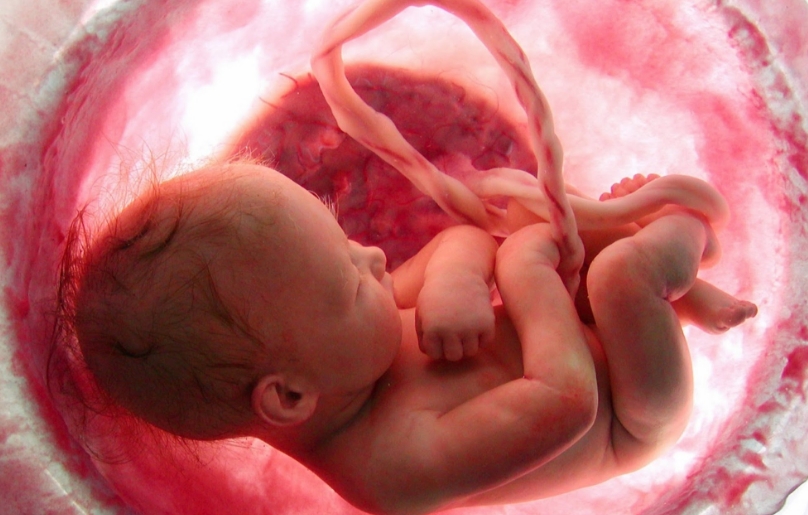Unborn babies can recognize FACES from inside the womb
06/14/2017 / By Isabelle Z.

If you’ve ever spent time around a baby, you have probably noticed that he or she seemed fixated on your face. No one would blame you for assuming that babies develop this fascination as a result of early interactions and bonding experiences with their mothers, but new research has shown that babies might develop the ability to recognize human faces while they are still in the womb.
Researchers at Lancaster University shone dots of light through the uterine wall of expectant mothers when they were 34 weeks pregnant. When the dots were arranged in a formation that made them look like the eyes and the mouth of a human face, the babies turned their heads to face the light, but they did not have this reaction when the dots were arranged in another shape that did not resemble a face. The babies were seen moving their heads more in order to track the stimuli when the lights were shown in the face-like arrangement. Overall, the babies were four times more likely to show a response to the face-like pattern than other patterns.
The scientists used high-quality 4D ultrasounds to monitor the babies’ reaction to the light, and they used computer modeling to get an idea of how the light would change once it has passed through their mother’s abdomen. They used red light because previous studies showed that third-trimester fetuses are able to see light in this hue.
Babies have long shown a preference for looking at human faces over all other stimuli. Past studies have demonstrated that babies prefer to look at dots of light arranged in this manner after birth, and now it appears that this preference starts in the womb.
Support our mission and enhance your own self-reliance: The laboratory-verified Organic Emergency Survival Bucket provides certified organic, high-nutrition storable food for emergency preparedness. Completely free of corn syrup, MSG, GMOs and other food toxins. Ultra-clean solution for years of food security. Learn more at the Health Ranger Store.
Study co-author Kirsty Dunn remarked that the babies’ response in the womb was very similar to that of infants. Moreover, the babies appeared to blink in the ultrasound scans despite the fact that it is believed that their eyes are normally closed for much of the time. She said it was the first time fetal vision had been explored in the womb, although other senses like smell, taste, hearing and touch have already been studied.
Scientific discoveries like this one continue to dispute the notion embraced by abortion activists that a fetus is an unfeeling and dispensable ball of tissue.
New insight into visual development
Professor Vincent Reid, the psychologist who led the study, theorizes that babies in the womb could already be hardwired to recognize human faces, but he believes it’s more likely that their experience while in the womb is what primes them to recognize face-like shapes. He thinks this preference could be triggered by the patterned light that babies are exposed to in the womb and is due to prenatal visual experiences. For example, he posits that their mother’s rib cage might create variation in the light that penetrates the womb, spurring this preference.
He also says the results imply that upper visual fields are more advanced developmentally and more sensitive than lower visual fields. This would mean that light exposure inside the womb might be just as important to human eye development as it is after birth. Nevertheless, Professor Reid advised expectant mothers against shining bright lights through their abdomens as they could inadvertently damage their baby’s eyes. He pointed out that the study used controlled conditions and a very low level of light.
Babies in the womb are already known to respond to sounds like music and the voice of their mothers, and this groundbreaking new study shows that they do have some visual abilities. The researchers believe this could lead to further discoveries about fetuses.
Reid has already used this technique in studies that suggest fetuses have the ability to differentiate between varying numbers of objects. Next, he’d like to find out if the fetuses have the ability to associate particular light patterns to other types of stimuli, like a specific nursery rhyme. This would provide some clues as to how early the brain can integrate information across senses.
Sources:
Tagged Under: Facial recognition, fetal development, vision




















